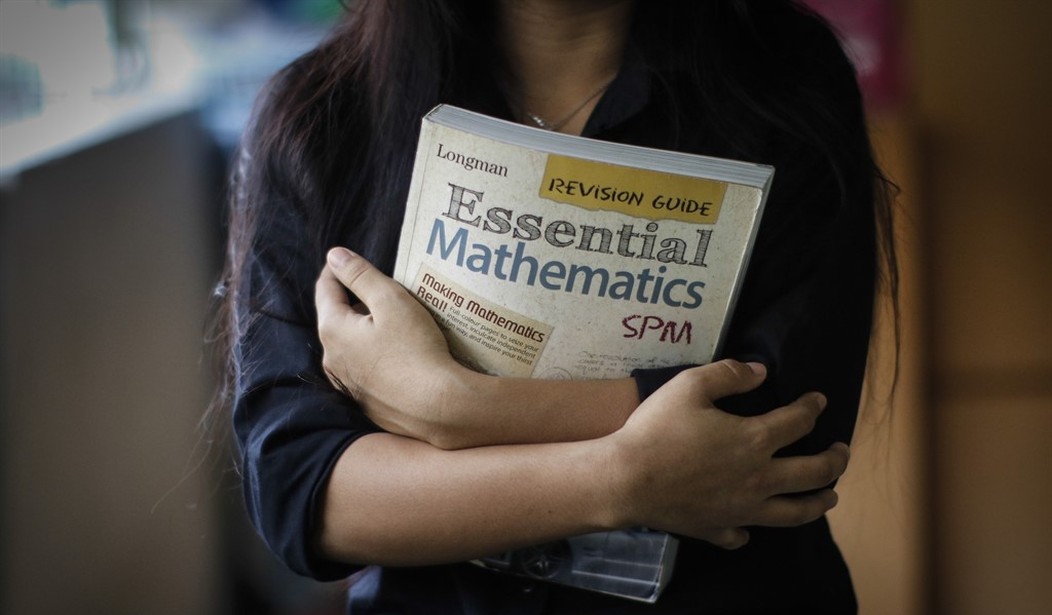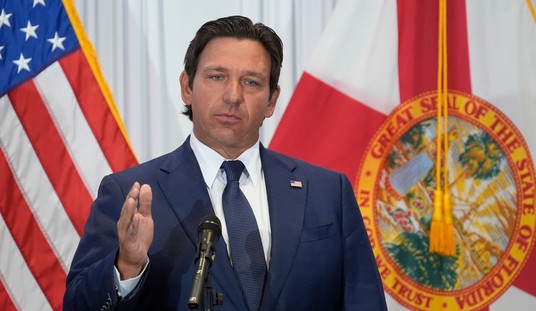Minnesota wants to make sure math isn’t racist. Consequently, the state’s come up with a crafty plan.
The Minnesota Department of Education has published its second edition of the “K–12 Academic Standards in Mathematics,” and they aren’t your grandma’s guidelines.
The proposal’s introduction makes matters clear: In the arena of arithmetic instruction, learning about numbers is no longer enough.
[T]he Mathematics Standards Review Committee has been in the process of reviewing the 2007 Minnesota K–12 Academic Standards Mathematics… … In addition to the timing of the mathematics review, the statute, as stated in subdivision 4a, directs the commissioner to “include the contributions of Minnesota American Indian tribes and communities as related to the academic standards during the review and revision of the required academic standards.”
Mix in some multiculturism:
Mathematics belongs to all of us. Mathematics is part of our everyday lives and is rooted in all cultures.
The guidelines list seven goals toward creating “citizenship-ready students.”
In part, participants of the public program will…
- Be curious, pose questions and seek patterns in order to make sense of their world.
- Be persistent, flexible and creative problem solvers.
But there’s more to life than math. Hence, ciphering class should spend time and emphasis on social justice:
- Collaborate with cultural perspectives and traditions like and unlike one’s own, allowing students to make sense of mathematical concepts and value various mathematical identities connected to lived experiences.
- Solve problems connected to place, story, cultural practices, language and perspectives relevant to historical and contemporary Dakota and Anishinaabe communities.
Among recommended “anchor standards,” American Indians receive special endorsement. Kids should master the science of reasoning with proportion:
- Proportional Reasoning: Represent proportional relationships in mathematical and real-world situations, using graphs, diagrams, tables, symbols and verbal descriptions, in various cultures, especially in historical and contemporary Dakota and Anishinaabe communities.
And don’t forget patterns, measurements, geometry, and finances:
- Patterns and Relationships: Represent and connect mathematical patterns and relationships using verbal descriptions, generalizations, tables and graphs. Use representations to solve mathematical and real-world situations, in various cultures, especially in historical and contemporary Dakota and Anishinaabe communities.
- Measurement: Investigate measurement using a variety of tools, units, systems, processes and techniques, in various cultures, especially in historical and contemporary Dakota and Anishinaabe communities.
- Geometry: Analyze characteristics of geometric shapes to make mathematical arguments and justifications about geometric relationships. Use visualization and geometric modeling to solve problems, in various cultures, especially in historical and contemporary Dakota and Anishinaabe communities
- Financial Literacy: Explore and analyze financial problems using appropriate technology tools. Apply mathematical concepts to make informed decisions about how to earn, track, save, borrow, share and invest money, while considering a range of acceptable solutions as well as constraints which may affect individual and generational wealth, in various cultures, especially in historical and contemporary Dakota and Anishinaabe communities.
Where school’s awokening is concerned, Minnesota is far from alone:
School District Hosts Year-Long Anti-Whiteness Training to Fight ‘Curricular Violence’ in Math
Arizona State University Dean Pens 350+ Page Book on How Grading Writing Is White Supremacy
In Order to Attack ‘Systemic Racism,’ a School Eliminates Failure and Time Constraints
Excellence in Equity: California Eyes Obliterating ‘Bias’ by Getting Rid of Grades
University President Sends a Letter Announcing the School’s Top Priority: Racial Justice and Equity
Education was once a realm in which students acquired academic prowess and exercised the ability of original thought. But those primary purposes have been big-leagued. Society has problems, and academia’s devised solutions. Increasingly, institutions move us toward one mind via the enforcement of a singular view. The result: “citizenship-ready students.” If you want kids to learn, you have to school them.
And no area of monolithic mandate is more evidently important than race. Whereas colorblindness was once considered scholarly, we’ve graduated to something new old:
The Federal Government Makes It Official: Colorblindness Is Racisthttps://t.co/BY9eoI1pRz
— Alex Parker (@alexparker1984) February 27, 2022
Social justice is a see-saw: Lowering the position of the privileged pale allows for the elevation of historically oppressed pigment.
In the end, courtesy of America’s intensifying focus on race — which is to say, an emphasis on our differences — the math of tomorrow may not offer adequate instruction in addition or subtraction; but it’ll likely deftly teach division.
-ALEX
See more content from me:
George Washington University Decolonizes Itself by Displacing Its Mascot
WATCH: Audubon Society Clips Climate Change’s Wings With a Singing Drag-Queen Bird Creature
Driver Pounds Down Pot Gummies, Falls Asleep on the Freeway — to the Horror of His 30+ Passengers
Find all my RedState work here.
Thank you for reading! Please sound off in the Comments section below.













Join the conversation as a VIP Member